FOR AGES 7 YEARS TO 11 YEARS
Image © Pexels.
The Second World War is one of history's most significant events. This timeline will help you support your child's learning by providing clear and detailed information for KS2 children learning about WW2, including events, key WW2 dates, important historical figures and fascinating facts.
Check out Kidadl's World War 2 timeline for kids below.
1st September 1939: World War Two Begins
World War Two officially begins when Germany invades Poland with almost one million men. Germany invaded Poland having already incorporated Austria and Czechoslovakia into Germany.
Hitler was the leader of the National Socialist (Nazi) party and came to power in Germany in 1933. He wanted to restore Germany to its former military might after its humiliating defeat in World War I. He made alliances with Italy and Japan in the late 1930s. Together, they were known as the Axis powers. The countries who fought against the Axis powers were called the Allies.
3rd September 1939: Britain And France Declare War On Germany
Britain and France tell Hitler that if he does not withdraw from Poland by 11am on the 3rd of September, then they will declare war on Germany. Hitler ignores this threat, and war is declared. In reality, very little action is taken against Germany, because Britain and France can only access Poland through Germany itself, and neither have a very strong air force.
10 June 1940: Italy Declares War on Britain and France
Italy joins the war. Italy originally remained neutral in the war because the Italian leader Mussolini knew the Italian people did not want to go to war, even though he had an alliance with Germany. However, Mussolini changed his mind because he wanted to be a glorious military leader. Germany seemed to be winning the war, so Italy joined it.
21 June 1940: Germany Conquers France
Germany invades France, which soon surrenders. It cannot compete with Germany's effective war tactics, which involve the use of up-to-date technology.
10 July 1940-31 October 1940: The Battle of Britain and the Blitz
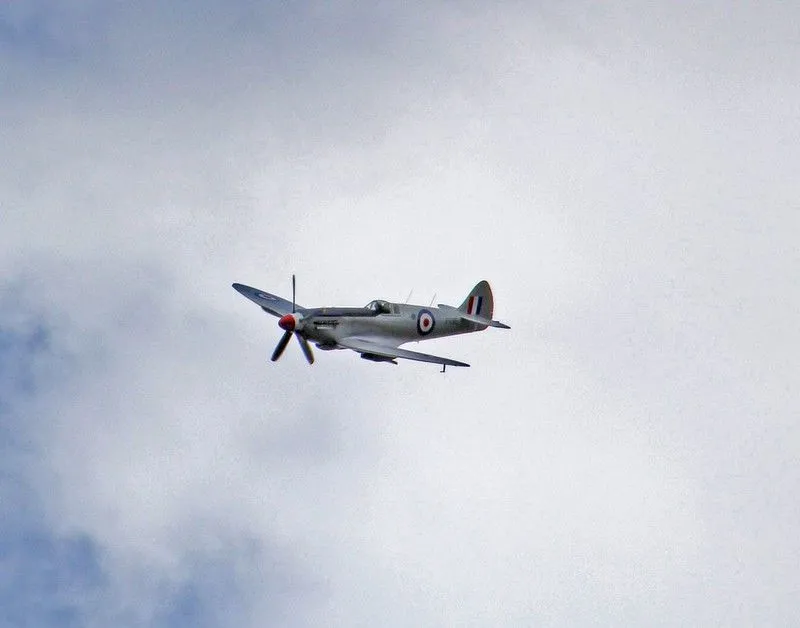
Image © Unsplash
The Battle of Britain occurs. This was a battle between the German airforce (the Luftwaffe), and the British airforce (the RAF). Britain was victorious, and this was the first Allied victory of World War II.
The Blitz begins on 7 September. The Blitz was when the Luftwaffe would constantly bomb British cities at night, with the aim of causing casualties to the ordinary British people.
22 June 1941: Germany Invades Russia
This was a big attack known as Operation Barbarossa. 121 divisions of the German army advanced into Russian territory.
This was a surprise because Russia and Germany had made an agreement in 1939, where they had agreed that they would not attack each other. However, Hitler did not trust the Russian leader Stalin and wanted to expand Germany's territory. Hitler considered Slavic people who lived in Russia as racially inferior.
7 December 1941: Japan Attacks Pearl Harbour
Japan attacks the USA at Pearl Harbour in Hawaii. Over 300 planes bombed Pearl Harbour, which was an American naval base. 2,403 Americans were killed in this attack, and 1,178 were injured. After the attack, Japan declared war on America.
Japan attacked America because it wanted to conquer land in Eastern Asia, and it thought that America would try to stop it. Japan thought that attacking a naval base would destroy American military equipment so the USA would not be able to stop their invasions in the Pacific.
8 December 1941: The USA Declares War on Japan
America declares war on Japan the day after Pearl Harbour.
11 December 1941: Italy and Germany Declare War On The USA
Italy and Germany, the other Axis powers, declared war on the USA because they were allies with Japan.
20 January 1942: The Wannsee Conference
Hitler has a secret meeting with his officials, where plans are finalised to exterminate all the Jewish people living in Europe. This was known as the 'Final Solution' and began the Holocaust. The Holocaust was the systematic mass murder of six million Jews in Europe by the Nazis during World War 2. Two-thirds of the Jews living in Europe were murdered in the Holocaust.
Before this, many Jewish people had been massacred by the Nazis during the war in the areas they had conquered in Eastern Europe. The Nazis had persecuted Jewish people since Hitler's rise to power in 1933. The Nazis killed Jewish people in camps called death camps, where they were murdered with poisonous gas. There were six of these camps.
Other groups were also imprisoned, tortured and murdered by the Nazis during the Holocaust including the Roma people, members of the LGBTQ+ community and people with disabilities.
6 June 1942: The Battle of Midway
The USA wins a victory against Japan during this important naval battle. A Japanese heavy cruiser and four of their aircraft carriers are destroyed. This battle is a major turning point for the Allied forces in the War, and gives America the upper hand in the Pacific.
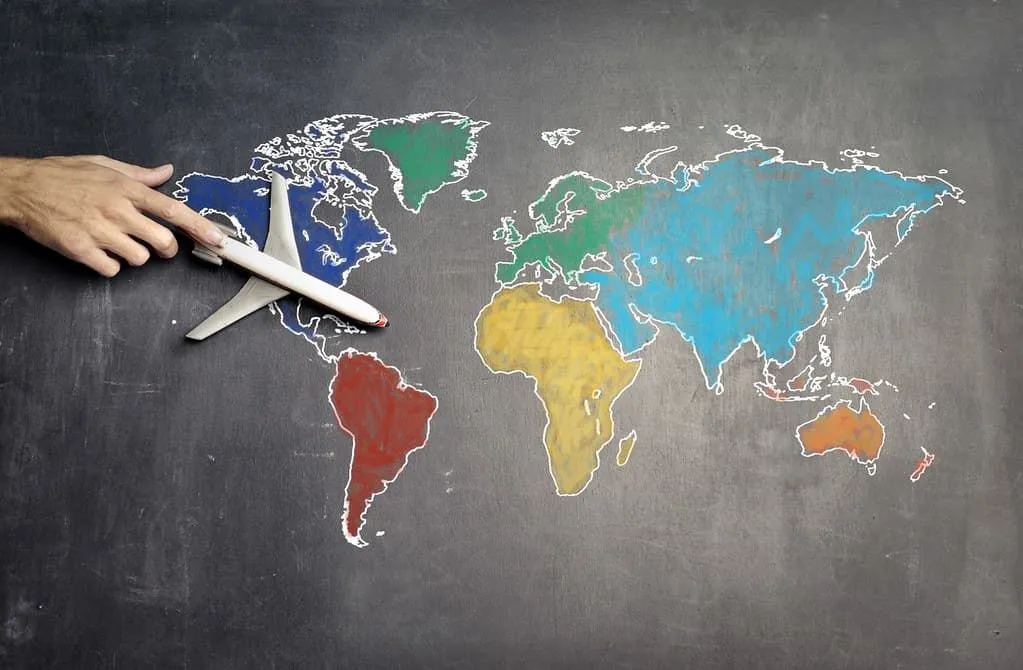
Image © Pexels
2 February 1943: German Defeat At Stalingrad
German troops in Russia surrender at the city of Stalingrad. This victory is important, and gives the Allied forces in Europe an advantage.
May 13 1943: Defeat Of The Axis Powers In North Africa
Fighting had taken place in North Africa since 1940, between the colonies of the Axis and the Allied powers. On this day German troops surrender after a British victory in Tunisia.
6 June 1944: D-Day
156,000 Allied troops land in France and begin their attack.
16 December 1944-25 January 1944: The Battle Of The Bulge
Germany launches a deadly attack on largely American Allied forces in northwest Europe. 100,000 American soldiers are killed, but the Allies win. This is the last German offensive of World War II.
16 April-2 May 1945: The Battle Of Berlin
Russian troops attack the German army. They are successful and take Berlin.
7 May 1945: German Surrender
War in Europe ends, as the Germans sign an agreement surrendering to the Allies.
6 August 1945: Atomic Bomb Dropped On Hiroshima
World War 2 continues in the Pacific. America drops an incredibly powerful bomb called an atomic bomb on the Japanese city of Hiroshima, killing 66,000 people.
9 August 1945: Atomic Bomb Dropped On Nagasaki
America drops another atomic bomb on the Japanese city of Nagasaki. 39,000 people are killed.
2 September 1945: Japanese Surrender
Japan signed an agreement surrendering to the Allies, having decided to surrender on 14 August. This ends WW2 completely.
Adolf Hitler (1889-1945), fascist dictator of Germany who began World War II and the Holocaust.
Franklin D. Roosevelt (1882-1945), US President during most of WW2.
Joseph Stalin (1878-1953), communist dictator of Russia during World War II, whose forces eventually fought for the Allies.
Winston Churchill (1874-1965), British Prime Minister for most of WW2. He took over from Neville Chamberlain.
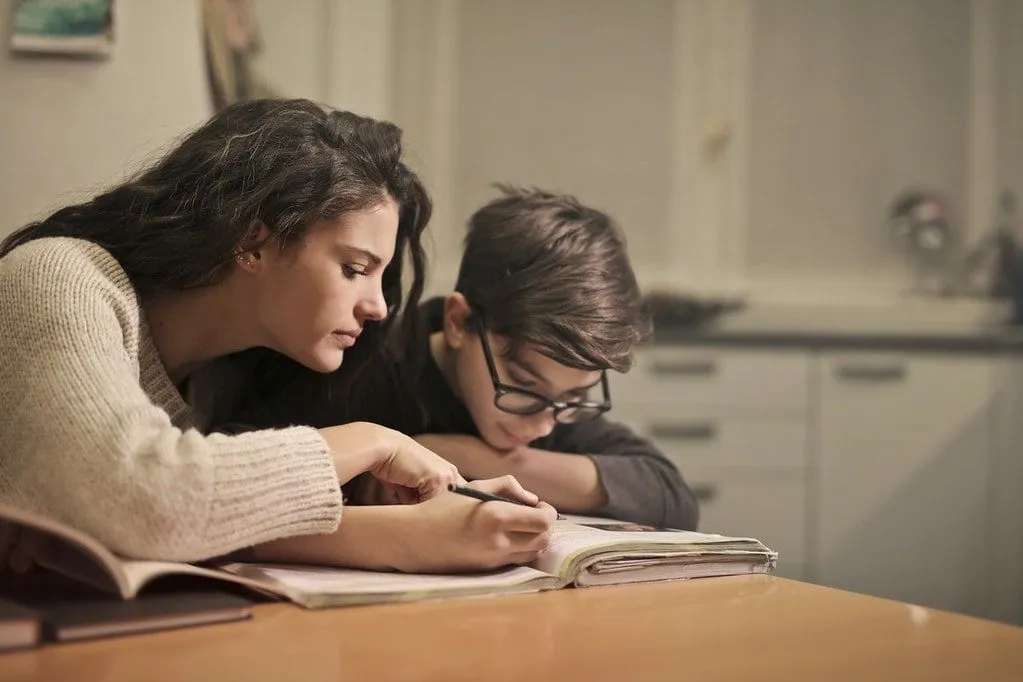
Image © Pexels
1.The Allies included many countries such as the Philippines, South Africa, Canada and India.
2.The Axis powers were joined by countries like Hungary and Romania.
3.The Battle of Britain was the first ever battle to be fought exclusively in the air.
4.Overall, the Allies dropped 3.4 million bombs during WW2.
5.Americans called hamburgers 'liberty steaks' during WW2, so they did not have to use the German name 'hamburger'.
6.A Japanese soldier called Hino Onoda did not surrender until 1974, 34 years after WW2 had ended.
7.Monopoly boards secretly containing maps with escape routes were sent to prisoners of war in Germany by the Red Cross.
Read The Disclaimer
At Kidadl we pride ourselves on offering families original ideas to make the most of time spent together at home or out and about, wherever you are in the world. We strive to recommend the very best things that are suggested by our community and are things we would do ourselves - our aim is to be the trusted friend to parents.
We try our very best, but cannot guarantee perfection. We will always aim to give you accurate information at the date of publication - however, information does change, so it’s important you do your own research, double-check and make the decision that is right for your family.
Kidadl provides inspiration to entertain and educate your children. We recognise that not all activities and ideas are appropriate and suitable for all children and families or in all circumstances. Our recommended activities are based on age but these are a guide. We recommend that these ideas are used as inspiration, that ideas are undertaken with appropriate adult supervision, and that each adult uses their own discretion and knowledge of their children to consider the safety and suitability.
Kidadl cannot accept liability for the execution of these ideas, and parental supervision is advised at all times, as safety is paramount. Anyone using the information provided by Kidadl does so at their own risk and we can not accept liability if things go wrong.
Kidadl is independent and to make our service free to you the reader we are supported by advertising.
We hope you love our recommendations for products and services! What we suggest is selected independently by the Kidadl team. If you purchase using the buy now button we may earn a small commission. This does not influence our choices. Please note: prices are correct and items are available at the time the article was published.
Kidadl has a number of affiliate partners that we work with including Amazon. Please note that Kidadl is a participant in the Amazon Services LLC Associates Program, an affiliate advertising program designed to provide a means for sites to earn advertising fees by advertising and linking to amazon.
We also link to other websites, but are not responsible for their content.
Was this article helpful?

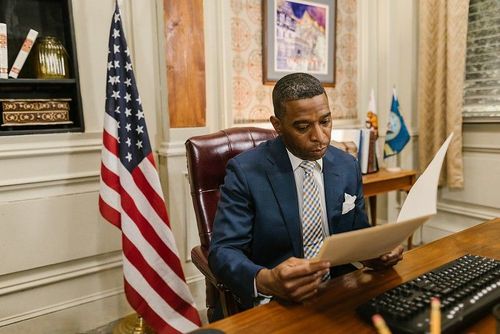
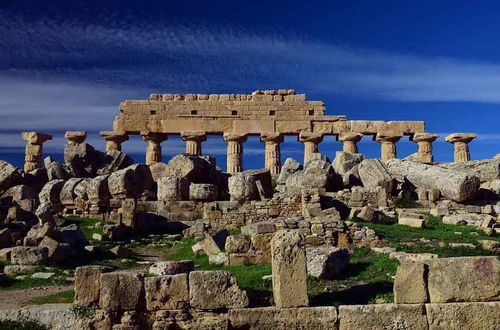
Browse Category



We’ll send you tons of inspiration to help you find a hidden gem in your local area or plan a big day out.



Check your inbox for your latest news from us. You have subscribed to:
Remember that you can always manage your preferences or unsubscribe through the link at the foot of each newsletter.